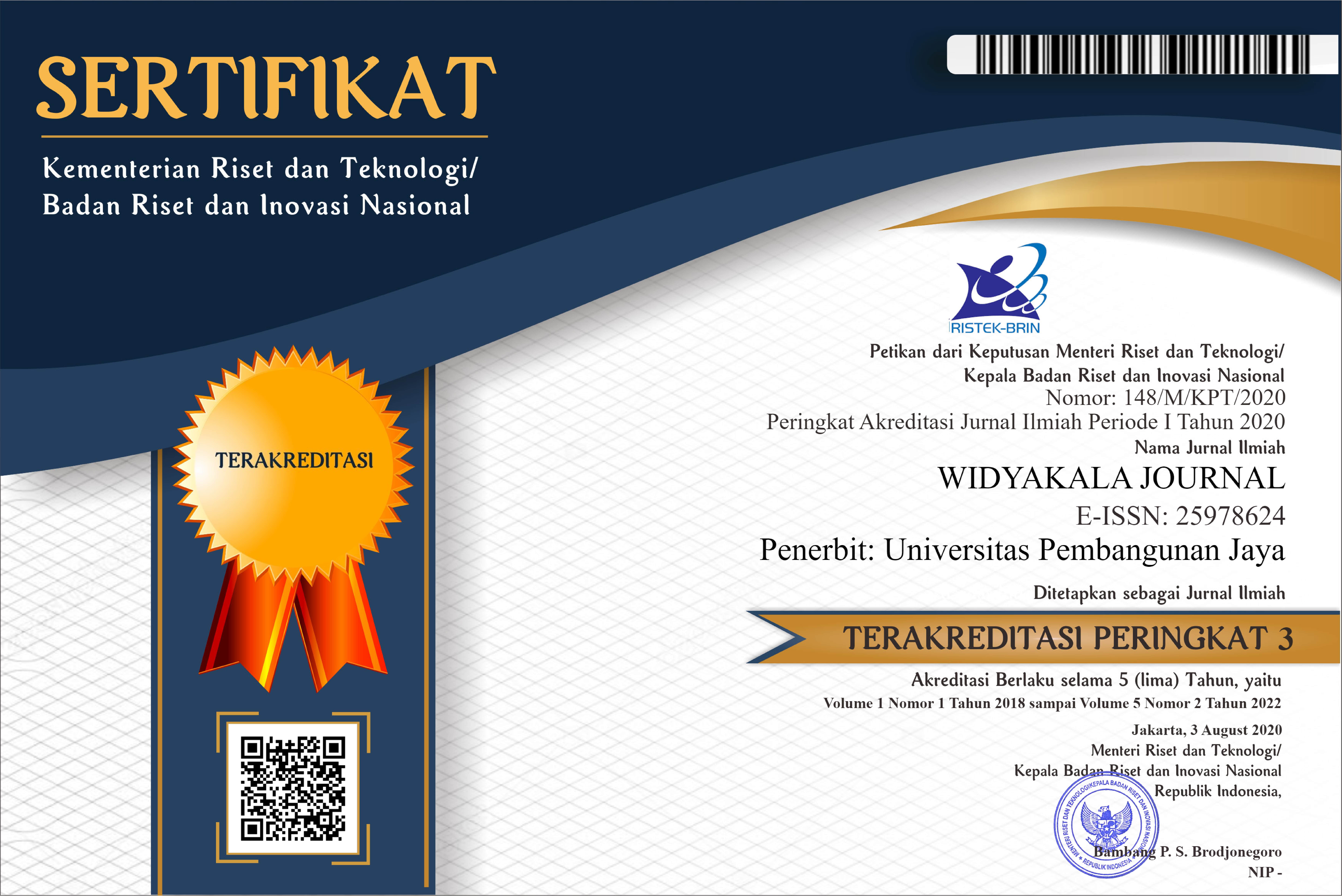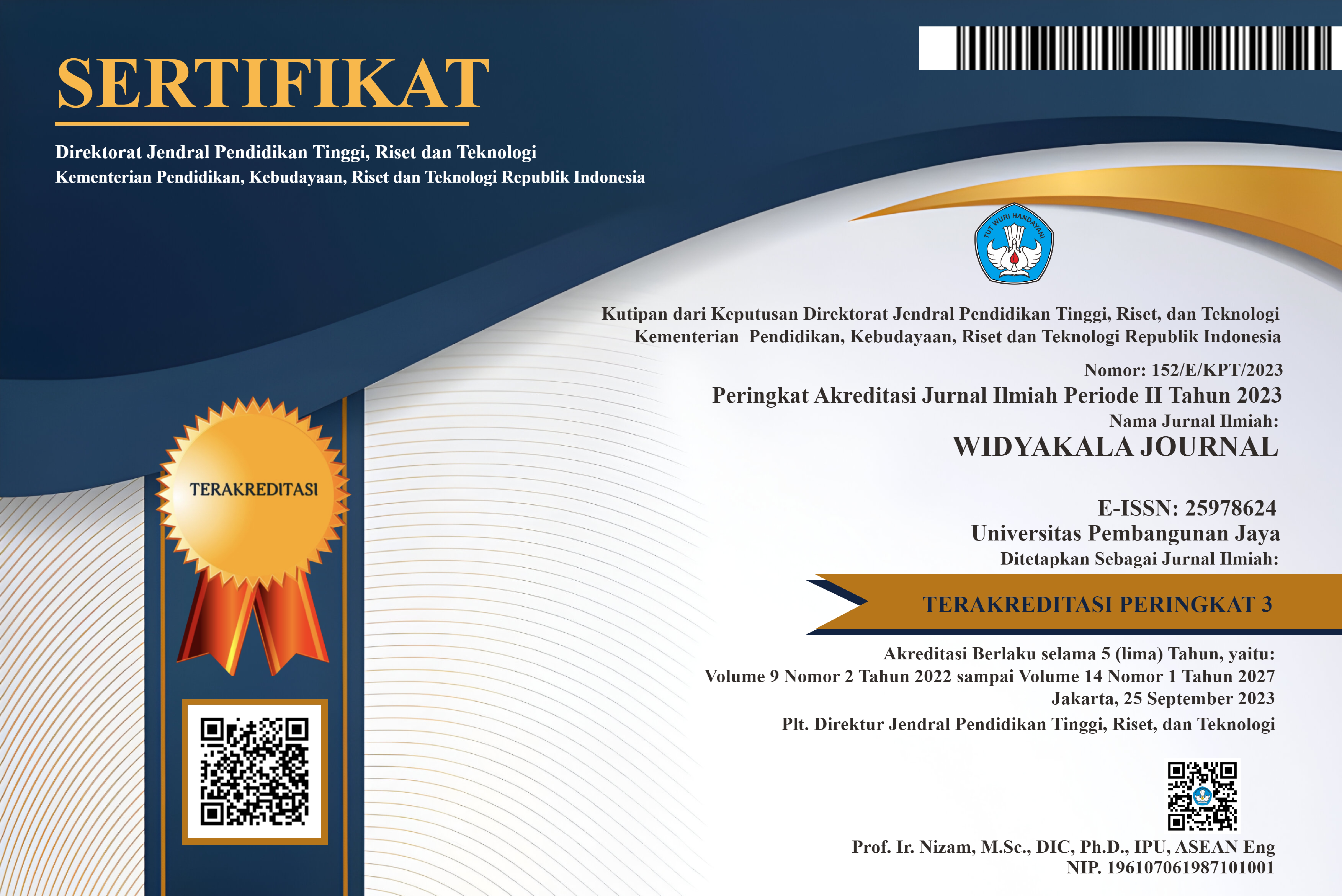Updated, March 2025
The Effect of Money Supply, Exchange Rate, and Interest Spread toward the Performance of Stock Market in Malaysia
Abstract
The stock market has become a significant role in the economy and has attracted investor's attention, as it is to generate funds and make an investment decision for companies and investors as well. Therefore, the objective of this study is to study the effect of the money supply, exchange rate, interest spread and stock market in the short and long run and volatility issue. The study employed monthly data, from January 1997 to August 2018. Method analysis is the Autoregressive distributed lag (ARDL) and GARCH model. The findings stated that the money supply, real effective exchange rate, interest spread, had a long-run effect on the performance of the stock market. Money supply and the real effective exchange rate had a positive effect on the stock market performance in the short run. Conversely, the interest spread showed a negative influent on the stock market performance in the short run. The volatility indicated a high persistence between the money supply, real effective exchange rate, interest spread and stock market (KLCI). The implication of the study is the investors or policymakers should take account the changes of interest rate and exchange rate before making stock investment or policy to stabilize the stock market performance.
Keywords
Full Text:
PDFReferences
Alzaid, S. (2016). The Kuala Lumpur stock exchange composite index (KlSE CI) and economic forces. South-East Asia Journal of Contemporary Business, Economics and Law, 10(3), 53-64.
Ambunya, P. L. (2012). The relationship between exchange rate movement and stock market returns volatility at the nairobi securities exchange. Masters of Business Administration (MBA) Project School of Business, University of Nairobi.
Aslam, W. (2014). Relationship between stock market volatility and exchange rate: a study of KSE. Journal of Public Administration, Finance and Law, (5), 62-72.
Bahmani-Oskooee, M. & Sohrabian, A. (1992). Stock prices and the effective exchange rate of the dollar. Applied Economics, 24(4), 459–464. Doi:10.1080/00036849200000020
Boonyanam, N. (2014). relationship of stock price and monetary variables of asian small open emerging economy: evidence from Thailand. International Journal of Financial Research, 5(1), 52.
Brahmasrene, T. & Jiranyakul, K. (2007). Cointegration and Causality between Stock Index and Macroeconomic Variables in a Emerging Markets. Academy Of Accounting And Financial Studies Journal.
Chan, Audery. (2014). Impacts of crude oil price & money supply on stock price: the case of Malaysia. doi:10.13140/2.1.3305.6000.
Cheng, L.S., Goh, H.Y.,Ong, J.L.H., Lai, C.Y. & Yong, S.Y. (2013). Impact of macroeconomic variables on stock market development: evidence from Malaysia.
El Wassal, K. A. (2013). The development of stock markets: In search of a theory. International Journal of Economics and Financial Issues, 3(3), 606-624.
Garcia, V. F. & Liu, L. (1999). Macroeconomic determinants of stock market development. Journal of Applied Economics, 2(1).
Gujarati, D. N. & Porter, D. C. (2003). Basic Econometrics. 4th.
Jonathan, O. O. & Oghenebrume, A. D. (2017). Impact of monetary policy on stock market prices in Nigeria. Journal of Economics, Management and Trade, 19(4): 1-11.
Khan, K., Qingyang, W., & Khurshid, A. (2017). Causal relationship between monetary policy and the stock market: a bootstrap rolling window approach.
Khan, T. A. (2011). Cointegration of international stock markets: An investigation of diversification opportunities. Undergraduate Economic Review, 8(1), 7.
Kraft, J. & Kraft, A. (1977). Determinants of common stock prices: a time series analysis. The Journal of Finance, 32(2), 417. doi:10.2307/2326775.
Li, Y. (2012). Empirical study on the relationship between money supply and stock market in Europe. In International Conference on Information Computing and Applications (pp. 539-544). Springer, Berlin, Heidelberg.
Lithman, O. K. E. (2012). Money supply and stock prices.
Maskay, B. (2007). Analyzing the effect of change in Money supply on stock prices. The park place economist, 15(1), 72-79.
Maskay, B. & Chapman, M. (2007). Analyzing the relationship between change in money supply and stock market prices. Illinois Wesleyan University Economics Department.
Masood, S. & Sarwar, S. (2015). Relationship between Stock Prices and Exchange Rate: A bivariate and multivariate analysis from Pakistan’s economy. International Affairs and Global Strategy, 32, 9-27.
Maysami, R. C. & Koh, T. S. (2000). A vector error correction model of the Singapore stock market. International Review of Economics & Finance, 9(1), 79-96.
Maysami, R. C., Lee, C. H., &Hamzah, M. A. (2004). Relationship between macroeconomic variables and stock market indices: Cointegration evidence from stock exchange of Singapore’s all-S sector indices. Jurnal Pengurusan, 24(2004), 47-77.
Menike, L. M. C. S. (2006). The effect of macroeconomic variables on stock prices in emerging Sri Lankan stock market. Sabaragamuwa university journal, 6(1), 50-67.
Mohamadpour, B., Behravan, N., Espahbodi, S. & Karimi, R. (2012). An empirical study of relationship between monetary policy and stock market performance in Malaysia. Australian Journal of Basic & Applied Sciences, 6(12), 142-148.
Musawa, N., & Mwaanga, C. (2017). The impact of commodity prices, interest rate and exchange rate on stock market performance: evidence from Zambia. Journal of Financial Risk Management, 6, 300-313. https://doi.org/10.4236/jfrm.2017.63022
Nordin, S., Nordin, N., & Shahimi, W. R. (2016). Malaysian Stock Market: A Spur to the Country’s Economic Growth. China-USA Business Review,15(02).doi:10.17265/1537-1514/2016.02.001
Rahman, A. A., Sidek, N. Z. M. & Tafri, F. H. (2009). Macroeconomic determinants of Malaysian stock market. African Journal of Business Management, 3(3), 095-106.
Širůček, M. (2012). Effect of money supply on the Dow Jones Industrial Average stockindex. Acta Universitatis Agriculturae et Silviculturae Mendelianae Brunensis, 60(2), 399-408.
Sirucek, M. (2012). The impact of money supply on stock prices and stock bubbles.
Suriani, S., Kumar, M. D., Jamil, F. & Muneer, S. (2015). Impact of exchange rate on stock market. International Journal of Economics and Financial Issues, 5(1S), 385-388.
Thang, F. Z. (2009). Impact of Interest Rate and Exchange Rate on the stock market index in Malaysia: A cointegration analysis. Unpublished master’s thesis, Universiti Sains, Penang, Malaysia. Retrieved from http://eprints. usm. my/25494/1/IMPACT_OF_INTEREST_RATE_AND_EXCHANGE_RATE_ON. pdf.
Wong, W.K., Khan, H. & Du, J. (2005). Money, interest rate, and stock prices: new evidence from Singapore and The United States. National University of Singapore Department of Economics, No. 007, pp. 3-30.
Wongbangpo, P., & Sharma, S. C. (2002). Stock market and macroeconomic fundamental dynamic interactions: ASEAN-5 countries. Journal of Asian Economics, 13(1), 27-51.
DOI: https://doi.org/10.36262/widyakala.v6i2.217
Refbacks
- There are currently no refbacks.
Copyright (c) 2019 WIDYAKALA: JOURNAL OF PEMBANGUNAN JAYA UNIVERSITY

This work is licensed under a Creative Commons Attribution-ShareAlike 4.0 International License.
Redaksi Jurnal Widyakala
Lembaga Penelitian dan Pengabdian Kepada Masyarakat (LP2M)
Universitas Pembangunan Jaya
Jalan Cendrawasih Raya Blok B7/P, Sawah Baru, Ciputat, 15413
Telp : 021-7455555 ext 1311
widyakala.journal@upj.ac.id


















